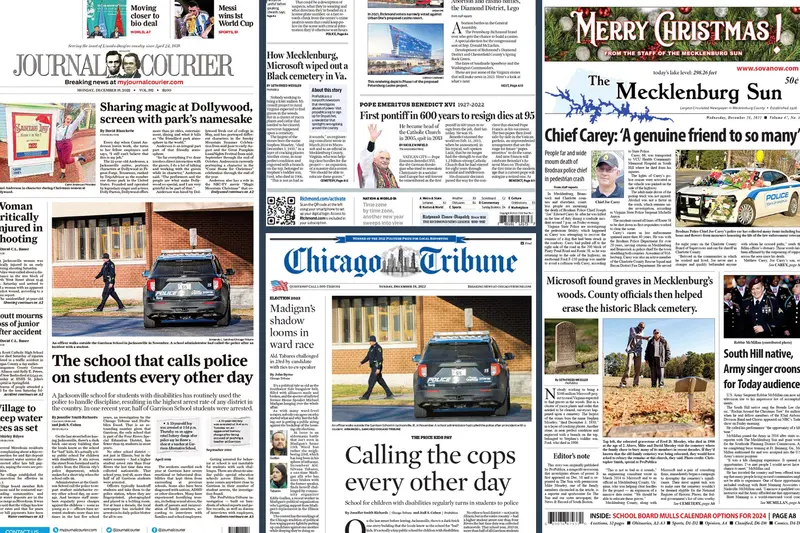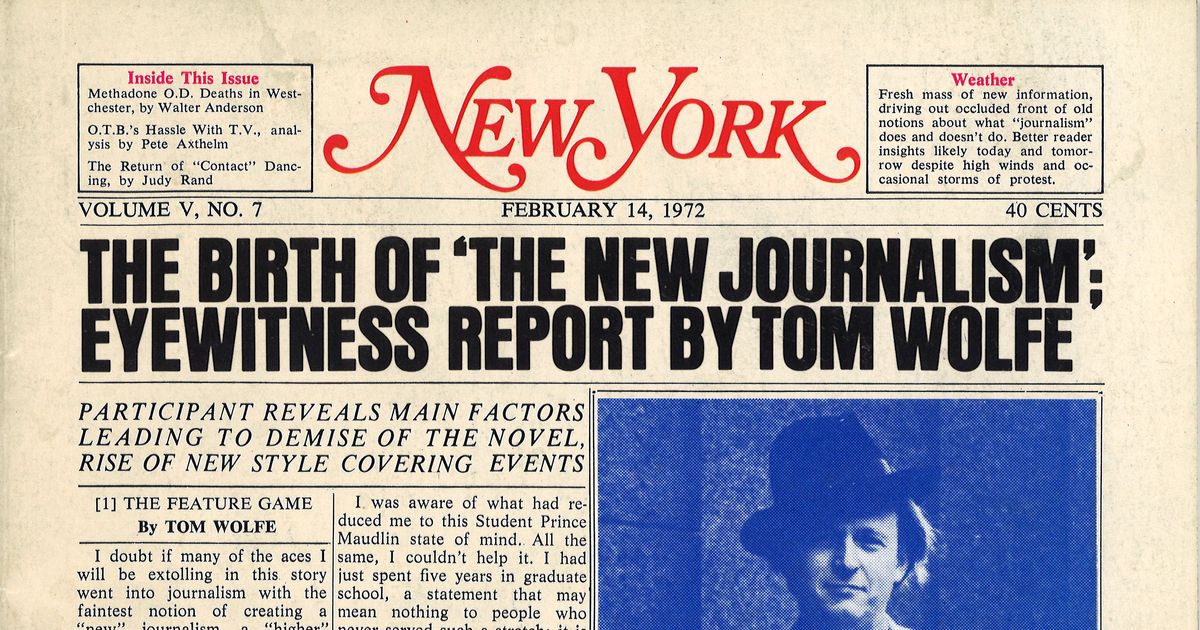News Articles Can Be Fun For Anyone
News Articles Can Be Fun For Anyone
Blog Article
The Definitive Guide for News Articles
Table of ContentsSome Of News ArticlesThe Ultimate Guide To News ArticlesThe Best Guide To News ArticlesThe 9-Minute Rule for News ArticlesThe 20-Second Trick For News Articles
Excellent expertise of different topics gives trainees an one-upmanship over their peers. Although digital and social networks are readily easily accessible, we need to not fail to remember how vital it is to read the newspapers. Parents should attempt and instill the practice of reviewing a newspaper as an everyday routine to proceed the legacy of the revered print medium.Information stories likewise have a minimum of one of the adhering to important qualities relative to the intended audience: closeness, prominence, timeliness, human passion, anomaly, or consequence. The related term journalese is sometimes made use of, typically pejoratively, to describe news-style writing. Another is headlinese. Newspapers normally comply with an expository writing design.
Within these limitations, information tales likewise aim to be extensive. Among the bigger and a lot more revered papers, fairness and equilibrium is a major factor in offering details.
Papers with a worldwide audience, for instance, have a tendency to utilize an extra formal design of writing. News Articles.; usual style overviews include the and the United States Information Style Publication.
Some Of News Articles
As a guideline, journalists will not make use of a long word when a brief one will do. News authors try to stay clear of using the exact same word extra than as soon as in a paragraph (in some cases called an "echo" or "word mirror").
Nonetheless, headings occasionally leave out the topic (e.g., "Leaps From Watercraft, Catches in Wheel") or verb (e.g., "Feline woman lucky"). A subhead (also subhed, sub-headline, subheading, caption, deck or dek) can be either a subservient title under the primary heading, or the heading of a subsection of the post. It is a heading that precedes the main message, or a team of paragraphs of the main message.

Additional signboards of any of these types might appear later on in the post (especially on succeeding web pages) to attract additional analysis. Such billboards are additionally made use of as reminders to the short article in various other sections of the magazine or site, or as ads for the piece in various other publication or sites. Regular structure with title, lead paragraph (recap in vibrant), other paragraphs (details) and call info.

Example of a hard-lead paragraph NASA is proposing another room job. The company's spending plan request, introduced today, included a plan to send out one more mission to the Moon. This time the firm wants to establish a lasting center as a jumping-off place for other room experiences. The budget requests about $10 billion for the job.
The NASA announcement came as the firm asked for $10 billion of appropriations for the job. An "off-lead" is the 2nd crucial front web page news of the day. The off-lead shows up either in the leading left edge, or straight listed below the lead on the right. To "hide the lead" is to start the article with background details or information of additional value to the visitors, compeling them to learn more deeply into a write-up than they should need to in order to find the essential factors.
About News Articles
Usual use is that or 2 sentences each develop their very own paragraph. Journalists usually define the company or framework of a newspaper article as an inverted pyramid. The important and most interesting components of a tale are put at the start, with sustaining info following in order of lessening relevance.
It permits people to check out a subject to just the deepness that their interest takes them, and without More hints the imposition of details or subtleties that they can think about irrelevant, however still making that see here info offered to more interested viewers. The upside down pyramid structure likewise allows short articles to be cut to any type of approximate size during layout, to fit in the space available.
Some authors begin their tales with the "1-2-3 lead", yet there are lots of type of lead available. This style invariably starts with a "Five Ws" opening up paragraph (as explained over), complied with by an indirect quote that offers to sustain a significant component of the very first paragraph, and after that a direct quote to sustain the indirect quote. [] A twist can describe several points: The last story current program; a "delighted" story to finish the program.
Longer articles, such as publication cover articles and the pieces that lead the within areas of a newspaper, are referred to as. Feature tales differ from straight information in numerous methods. Foremost check that is the lack of a straight-news lead, most of the time. Rather than using the essence of a story in advance, attribute writers may try to lure viewers in.
Some Known Details About News Articles
An attribute's first paragraphs commonly connect an intriguing moment or event, as in an "anecdotal lead". From the details of an individual or episode, its view swiftly widens to generalizations about the tale's subject.

The Editor's Toolbox: A Referral Guide for Beginners and Professionals (2001) Allan M. Siegal and William G. Connolly. The New York Times Guidebook of Style and Usage: The Authorities Design Overview Utilized by the Writers and Editors of the Globe's Most Reliable Paper (2002) M. L. Stein, Susan Paterno, and R.
Report this page